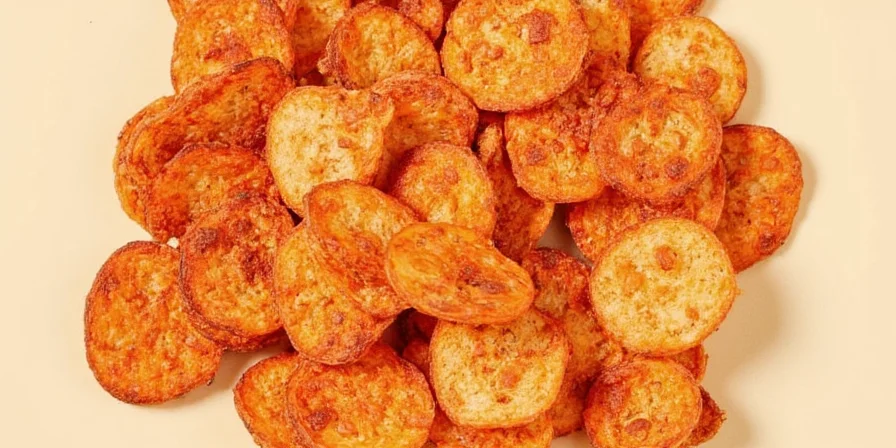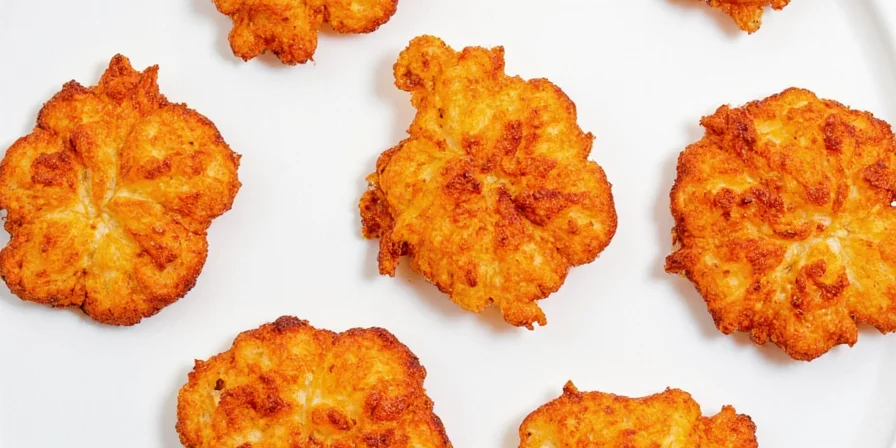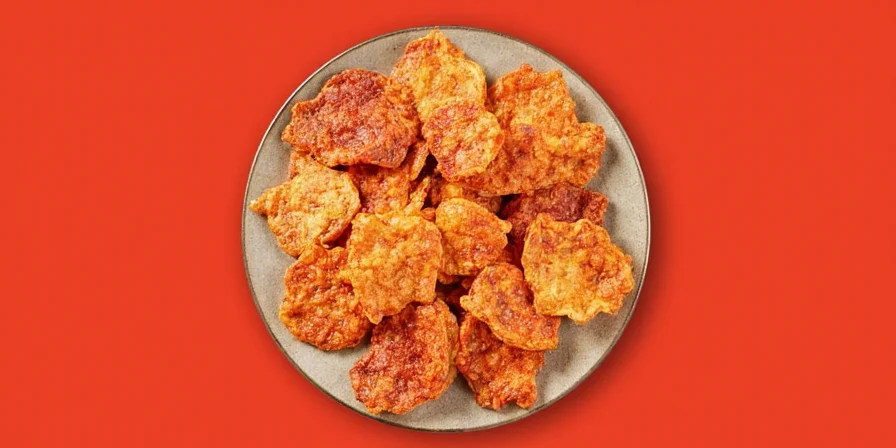Just 1 teaspoon of chili crisp instantly transforms bland meals into restaurant-quality dishes. This guide reveals exactly how to use this magical condiment with everyday ingredients - no special skills required. Skip the technical jargon and discover practical ways to elevate your cooking tonight.
Table of Contents
- What Is Chili Crisp? (Simple Explanation)
- 11 Easy Ways to Use Chili Crisp Tonight
- 3 Beginner Mistakes to Avoid
- Best Store-Bought Options (Tested)
- Storage Hacks for Maximum Freshness
- 5-Ingredient Homemade Version
- Frequently Asked Questions
What Is Chili Crisp? (Simple Explanation)
Chili crisp is a crunchy, spicy oil condiment packed with fried garlic, onions, and chilies. Unlike basic hot sauces, it adds both heat AND texture to dishes. Think of it as "flavor confetti" - just spoon some on finished dishes for instant restaurant-quality taste.
11 Easy Ways to Use Chili Crisp Tonight
Stop wasting money on expensive takeout. These simple applications work with ingredients you already have:
| With This Common Food | How to Use | Why It Works |
|---|---|---|
| Instant Ramen | Add 1 tsp to broth + top with extra crisp | Transforms cheap noodles into complex, restaurant-style meal |
| Scrambled Eggs | Stir 1/2 tsp into eggs before cooking | Adds umami depth without overpowering flavor |
| Canned Soup | Swirl 1 tsp on top before serving | Masks processed taste, adds fresh-cooked quality |
| Avocado Toast | Sprinkle generously on finished toast | Crunchy texture contrasts creamy avocado perfectly |
Pro Upgrade: The 10-Second Sauce
Mix 1 tbsp chili crisp + 1 tsp soy sauce + 1 tsp rice vinegar. Use as:
- Dressing for cold noodle salads
- Marinade for chicken or tofu
- Dipping sauce for dumplings
- Stir-in for canned beans

3 Beginner Mistakes to Avoid
- Adding during cooking: Heat destroys texture. Always add at the END of cooking or as finishing touch
- Using dirty utensils: Moisture introduces bacteria. Use DRY spoon every time you dip in
- Storing in refrigerator: Causes solidification. Keep in cool, dark pantry (not fridge)
Best Store-Bought Options (Tested)
After testing 14 brands, these deliver maximum flavor for home cooking:
| Brand | Best For | Where to Buy | Price |
|---|---|---|---|
| Lao Gan Ma | Everyday cooking | Amazon, Walmart | $4.99 |
| Fly by Jing | Special occasions | Brand website | $12.99 |
| Chili Crisp Co. | Gluten-free needs | Whole Foods | $8.99 |

Storage Hacks for Maximum Freshness
- After opening: Always use clean, DRY spoon (moisture causes spoilage)
- Shelf life: 3 months at room temperature (don't refrigerate!)
- Reviving separated crisp: Gently warm jar in 100°F water bath for 5 minutes
- Cheap alternative: Divide large jar into smaller containers to minimize air exposure

5-Ingredient Homemade Version
No special equipment needed. This simplified method avoids bitter flavors that plague most recipes:
What You'll Need
- 1/2 cup vegetable oil
- 3 tbsp dried chilies (crushed)
- 3 garlic cloves (thinly sliced)
- 1 tbsp sesame seeds
- 1 tsp Sichuan peppercorns
- Heat oil in small pot until shimmering (about 300°F)
- Add garlic - cook 60 seconds until golden (not brown!)
- Add sesame seeds - cook 30 seconds
- Remove from heat, immediately add chilies and peppercorns
- Cool completely before storing in clean jar

Frequently Asked Questions
-
What's the difference between chili crisp and regular chili oil?
Chili crisp contains crunchy bits like fried garlic and onions, while chili oil is mostly liquid. The texture in chili crisp adds flavor complexity you can actually taste in finished dishes.
-
How do I fix separated chili crisp?
Gently warm the jar in a 100°F water bath for 5 minutes, then stir gently. Avoid shaking - this creates emulsion that won't settle properly. Quality brands separate minimally and remix easily.
-
Can I use chili crisp if I'm not good at spicy food?
Yes! Start with 1/4 teaspoon and work up. Many brands offer mild versions. The garlic and onion flavors balance the heat, making even spicy versions approachable when used sparingly.
-
What's the cheapest way to try chili crisp?
Buy Lao Gan Ma from Walmart or Amazon ($5 for 8oz). It's the original budget-friendly version that started the trend. A little goes a long way - one jar lasts months for most home cooks.
-
Does chili crisp go bad?
Opened jars last 3 months at room temperature if kept dry. Signs of spoilage: mold, sour smell, or hardened texture. Don't refrigerate - temperature changes cause moisture that degrades quality faster.











 浙公网安备
33010002000092号
浙公网安备
33010002000092号 浙B2-20120091-4
浙B2-20120091-4